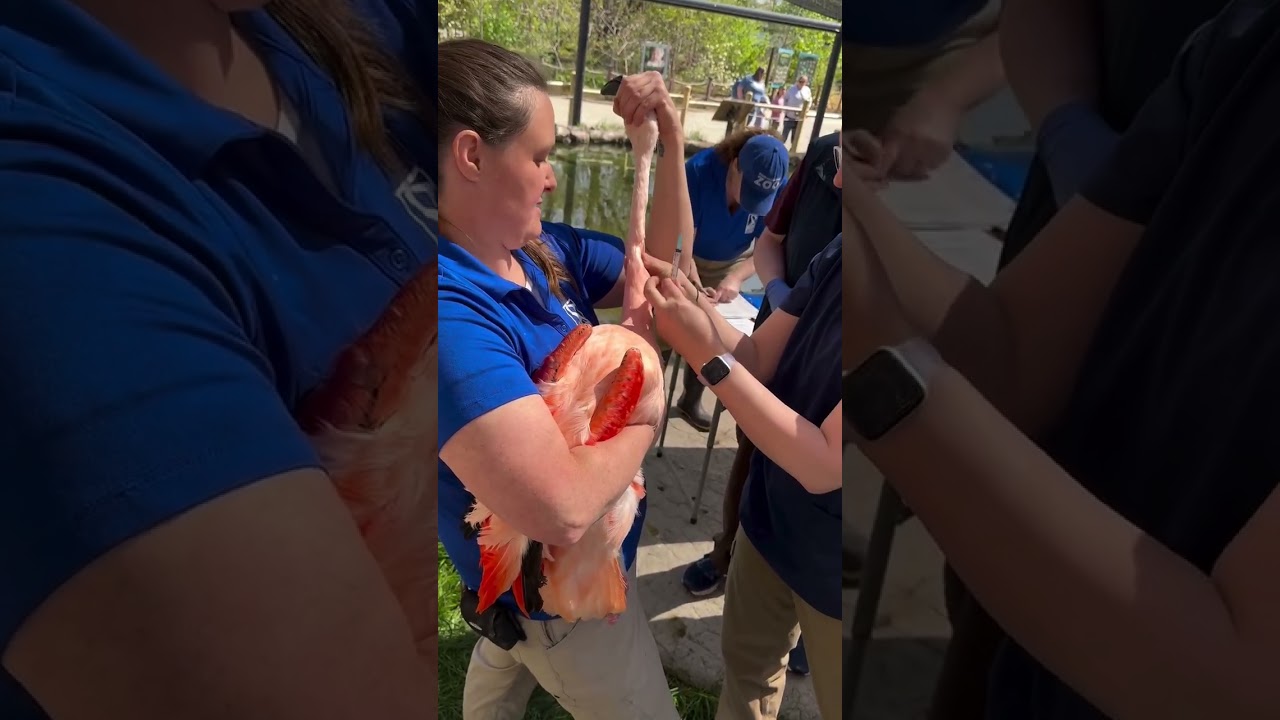- Importance of Annual Health Exams for Flamingos
- Procedures and Veterinary Techniques Used in Flamingo Health Checks
- Challenges and Considerations in Flamingo Care
- The Role of Flamingos in Ecosystems and Conservation Efforts
Annual health exams are essential for flamingos in zoos to maintain optimal health and prevent diseases. These exams allow veterinarians to assess the overall well-being of the birds, check for potential illnesses, and implement preventive measures. Regular health checks are not only pivotal for the individual bird’s health but also for the flock’s stability and the zoo’s biodiversity goals.
During these exams, veterinarians and zookeepers conduct a variety of procedures. Initial observations include watching their behavior in the habitat for any signs of distress or abnormal activity. Physical examinations measure weight, check plumage condition, and examine leg joints, which are crucial given the unique standing habits of flamingos. Blood tests are conducted to evaluate organ function and detect infections or nutritional imbalances. Stool samples may be collected to identify parasites.
Another vital component of the exams is vaccination. Due to flamingos’ susceptibility to avian influenza and other avian diseases, vaccinations help prevent outbreaks that could be detrimental to both flamingos and other avian species in the zoo. During these checks, veterinarians also perform beak and claw trimming to prevent overgrowth, which can significantly affect feeding and mobility.
Caring for flamingos involves specific challenges. Their dietary requirements must be carefully managed to mimic their natural intake of algae and crustaceans, which give them their distinctive pink color. They thrive in flock settings, requiring large, communal ponds to encourage their natural behaviors. Stress management is also a key concern, as flamingos are sensitive to environmental changes. Facilities must provide a tranquil setting to minimize stress-related health issues.
Flamingos play an integral role in ecosystems as they help control insect populations and promote nutrient cycling in wetland areas. In conservation terms, flamingos are often considered flagship species — their presence in zoos helps raise awareness about wetland conservation. Breeding programs within zoos contribute to genetic diversity, which is crucial for species survival given threats like habitat destruction and climate change.
Protecting flamingos involves international collaboration, particularly in habitat preservation. Wetland restoration projects and legal protections in their native regions support their wild populations. Zoos can support these efforts by educating the public about these charismatic birds and the importance of preserving their natural habitats.
Through vigilant care and dedicated conservation efforts, both in captivity and in the wild, the vitality of flamingo populations can be preserved for future generations.
*****
Source Description
Our vet team performed full body examinations to each of our 19 flamingos, checking to make sure that each wing, beak, and foot looked healthy! Each flamingo also received their necessary West Nile virus vaccinations and gave a blood sample so we can ensure that their overall health and bloodwork is in good standing! These exams are a way for our veterinary team to provide preventative care and address any concerns right away. Overall, our flock is in good health and doing well! 👏


